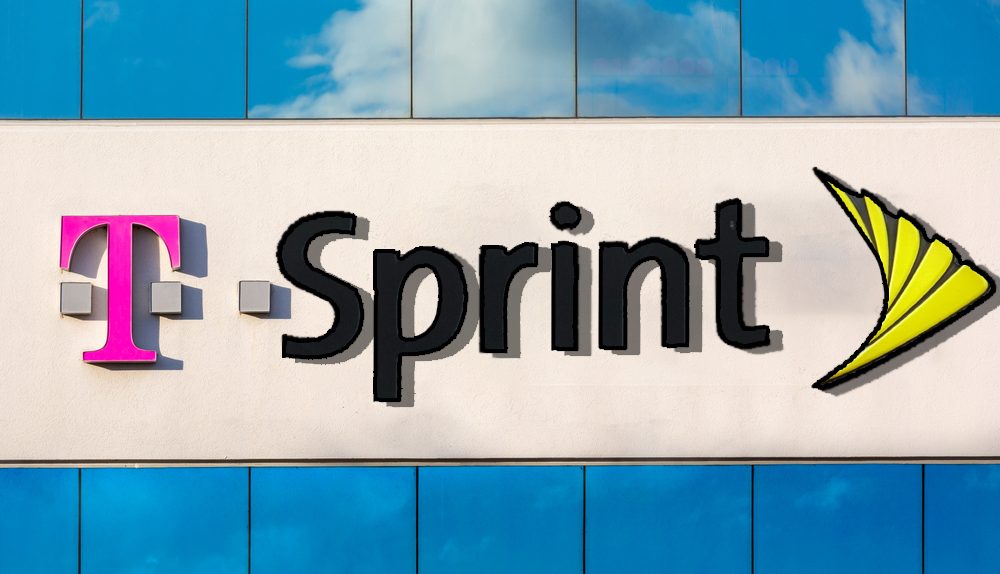T-Mobile’s merger with Sprint has been cruising through the regulatory process with few hiccups thus far, but news from the FCC makes it sound like things are a little more complicated than they first appeared. The FCC is pausing its informal 180-day ‘shot clock’ for the merger as T-Mobile has submitted substantially revised information to the Commission.
Until we see what T-Mobile has submitted, we won’t know if this marks a minor revision or a wholesale change to T-Mobile’s plans that could force a particularly thorough review. But what is clear is that the FCC review process is going to take even longer, drawing out the merger approval process well into the latter half of the year and into 2019.
The full letter that the FCC sent to the companies is available here, and the relevant sections are below:
Today we are pausing the Commission’s informal 180-day transaction shot clock in this proceeding. Additional time is necessary to allow for thorough staff and third-party review of newly-submitted and anticipated modeling relied on by the Applicants.
Each of three separate developments require more time. First, on September 5, 2018, the Applicants submitted a substantially revised network engineering model. Although the Applicants had previously provided a network engineering model as backup for certain network claims, you explained that since that time “the model has been extended,” and that the newly-provided model “completes” the prior work. Moreover, the Applicants asserted that this is now the “engineering model on which they rely in support of this transaction.”
The newly-provided network engineering model is significantly larger and more complex than the engineering submissions already in the record. It appears to incorporate new logic, methodologies, facts, and assumptions, on a subject central to the Applications-the transaction’s claimed network benefits. Accordingly, the Commission and third parties will require additional time to review it.
Further, in an August 29, 2018 exparte meeting, T-Mobile executives Mike Sievert and Peter Ewens described T-Mobile’s reliance on a business model, titled “Build 9,” which apparently provides the financial basis for the projected new network buildout. The Commission did not receive Build 9, and third parties did not have access to it, until September 5. Build 9 therefore requires further review.










